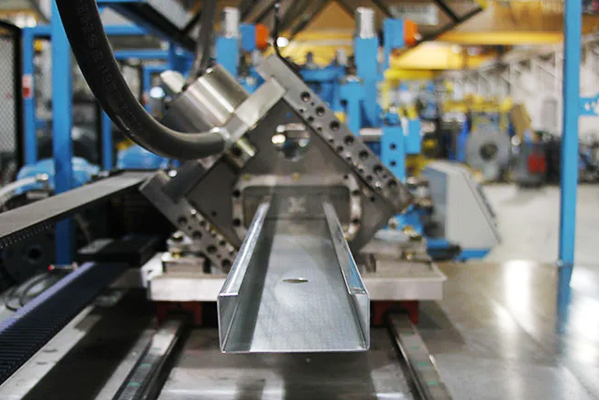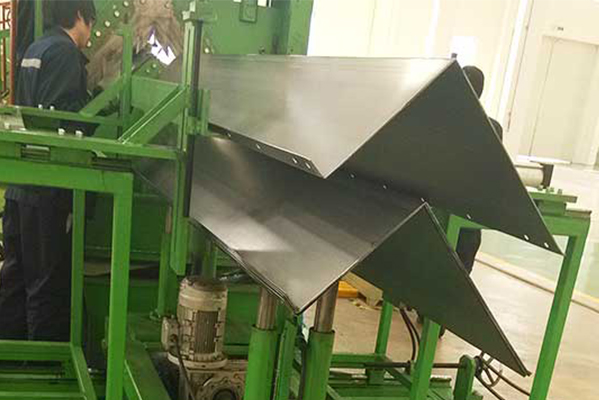Navigation Menu
Contact Us
- Email:
- info@wxavatar.com
- Address:
- Yurong Village, Yuqi Street, Huishan District, Wuxi, China.
Release Date:Jun 17, 2025 Visit:27 Source:Roll Forming Machine Factory
The manufacturing sector is in a constant state of evolution, driven by the need for greater efficiency, precision, and cost-effectiveness. Within this landscape, the demand for automated roll forming solutions is undeniably a significant catalyst for process upgrades. This shift towards automation is not merely a trend; it's a fundamental change in how roll forming operations are conceived and executed, leading to substantial improvements across the board.

One of the primary drivers of this demand is the pursuit of enhanced consistency and quality. Manual or semi-automated roll forming processes can be susceptible to human error and variations in operator skill. Automation, however, introduces a level of repeatability and precision that is difficult to achieve otherwise. Computerized controls, servo-driven systems, and integrated sensors monitor and adjust parameters in real-time, ensuring that each formed profile adheres to exact specifications. This leads to fewer defects, reduced scrap rates, and ultimately, a more uniform and higher-quality end product, which is critical for industries with stringent quality requirements.
Another significant factor is the desire for increased production throughput and efficiency. Automated roll forming lines can operate at higher speeds and for longer durations with minimal human intervention. Robotic systems can handle material loading and unloading, parts transfer, and even complex in-line operations like punching, notching, and cutting. This continuous and optimized flow of production dramatically boosts output, allowing manufacturers to meet larger orders and tighter deadlines. The reduction in manual labor not only addresses workforce availability challenges but also frees up personnel for more complex or oversight roles.
The drive for cost reduction is also a powerful force behind the adoption of automation. While the initial investment in automated roll forming equipment can be substantial, the long-term cost savings are compelling. Reduced labor costs, minimized material waste, lower energy consumption through optimized machine operation, and decreased rework due to higher quality all contribute to a more economical manufacturing process. The ability to produce more parts faster and with less waste directly impacts profitability.
Furthermore, flexibility and rapid changeovers are increasingly important in diverse manufacturing environments. Modern automated roll forming solutions are often designed with features like quick-change tooling systems and programmable logic controllers (PLCs). This allows for faster transition times between different product profiles, making it feasible to produce a wider variety of parts without extensive downtime. This adaptability is crucial for businesses serving multiple sectors or those dealing with custom orders.
Finally, the broader movement towards Industry 4.0 and smart manufacturing is accelerating the demand for automated roll forming. The integration of technologies such as the Internet of Things (IoT), data analytics, and predictive maintenance capabilities within automated roll forming lines allows for real-time monitoring, performance optimization, and proactive issue resolution. This data-driven approach enhances operational intelligence and further improves the reliability and efficiency of the entire manufacturing process.

In conclusion, the escalating demand for automated roll forming solutions is unequivocally driving significant process upgrades. From achieving unparalleled precision and boosting production rates to reducing operational costs and enhancing flexibility, automation is transforming the roll forming industry, positioning it for continued growth and innovation in a competitive global market.